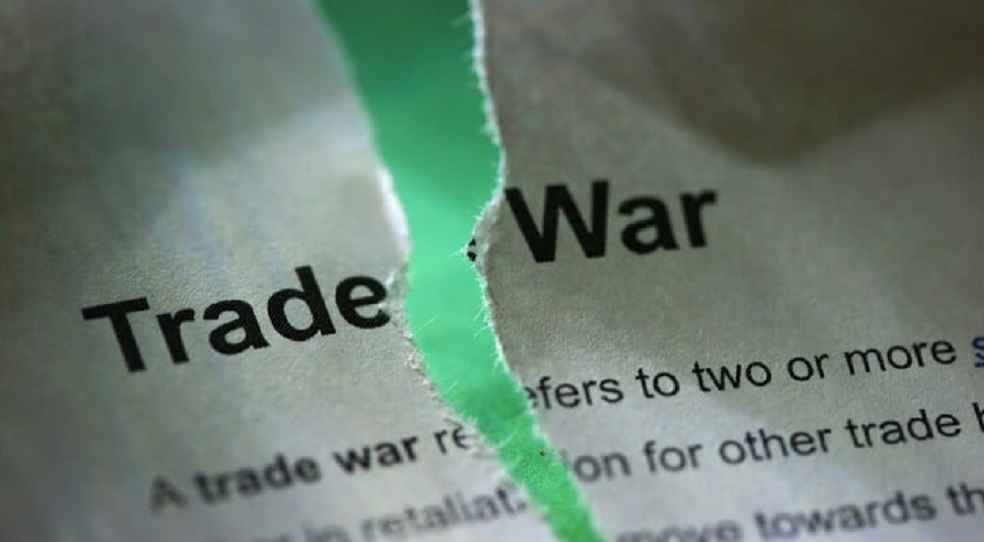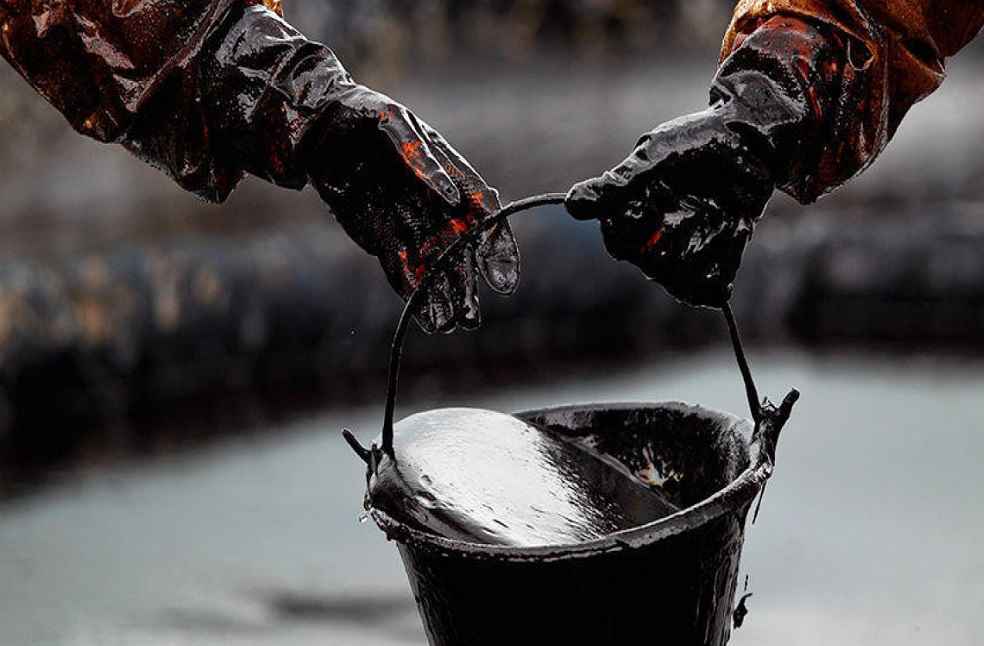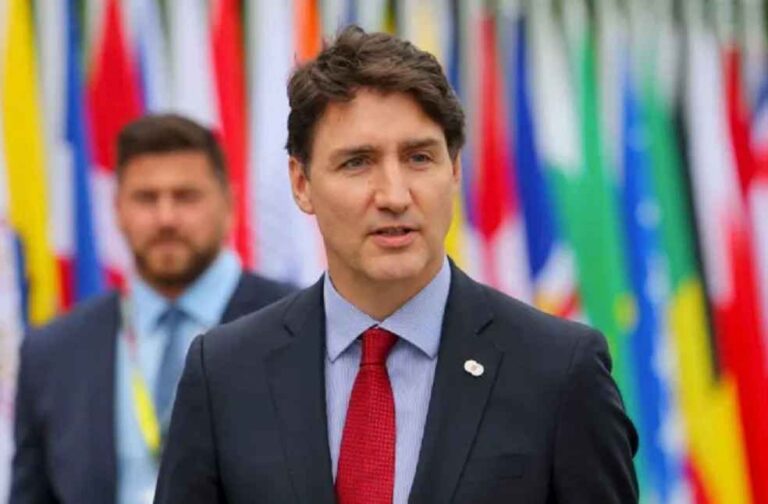Canada is imposing retaliatory tariffs against the United States, signaling the onset of a trade war between the neighboring nations.
Prime Minister Justin Trudeau introduced tariffs of 25% on $155 billion Canadian dollars’ ($106.6 billion; £86 billion) worth of American goods, affecting a wide range of products, including beer, wine, household appliances, and sporting goods. The decision mirrors the 25% tariff imposed by US President Donald Trump on Canadian and Mexican imports, alongside an additional 10% duty on Chinese goods, citing concerns over illegal immigration and drug trafficking.
Trudeau, emphasizing his commitment to defending Canadian interests, stated, “We don’t want to be here, we didn’t ask for this,” but warned of real consequences for both countries. The tariffs will be implemented in two phases: an initial $30 billion worth of duties will take effect on Tuesday, with the remaining $125 billion introduced after 21 days to allow Canadian businesses time to adjust.

The targeted American goods include beer, wine, bourbon, fruits, vegetables, perfumes, clothing, shoes, furniture, and household appliances. Lumber and plastics will also be subject to tariffs, while Canada is considering additional non-tariff measures related to critical minerals and procurement.
Economists have cautioned that these tariffs, along with similar measures from Mexico and China, could lead to higher prices for consumers. Christopher Sands, director of the Wilson Center’s Canada Institute, described the tit-for-tat tariffs as ‘mutually assured destruction,’ warning that they would rapidly impact everyday lives. He criticized the lack of an adjustment period, stating that the economic hit would be immediate and severe.
Despite these concerns, Trump views the tariffs as essential to his economic strategy, seeing them as a tool to stimulate domestic growth, protect jobs, and generate tax revenue. The US, Canada, and Mexico share deeply integrated economies, with an estimated $2 billion worth of manufactured goods crossing their borders daily. Canada remains the largest foreign supplier of crude oil to the US, with 61% of American oil imports between January and November last year sourced from Canada. However, Canadian energy exports will face a lower 10% tariff compared to other goods.

The White House defended the move, asserting that tariffs were “necessary to hold China, Mexico, and Canada accountable” for failing to curb the flow of illegal drugs into the US. Trudeau refuted these claims, stating that less than 1% of fentanyl entering the US originates from Canada. He also rejected the notion that Canada’s border poses a security threat, pointing out that fewer than 1% of illegal migrants enter the US from Canada.
Trump has signaled a willingness to escalate tariffs further if countries retaliate, as Canada has done. Meanwhile, Canada had already pledged over $1 billion to bolster security along its shared border with the US before the trade measures were announced.
Mark Carney, former head of Canada’s and England’s central banks, warned that the tariffs would stifle economic growth and drive inflation. “They’re going to damage the US’s reputation around the world,” he said. Carney, who is reportedly a contender to succeed Trudeau as leader of Canada’s Liberal Party, underscored the broader implications of the escalating trade dispute.
TRADE TECH | China Urges Japan to Reconsider Hi-Tech Export Bans, Warns of Trade Disruptions



